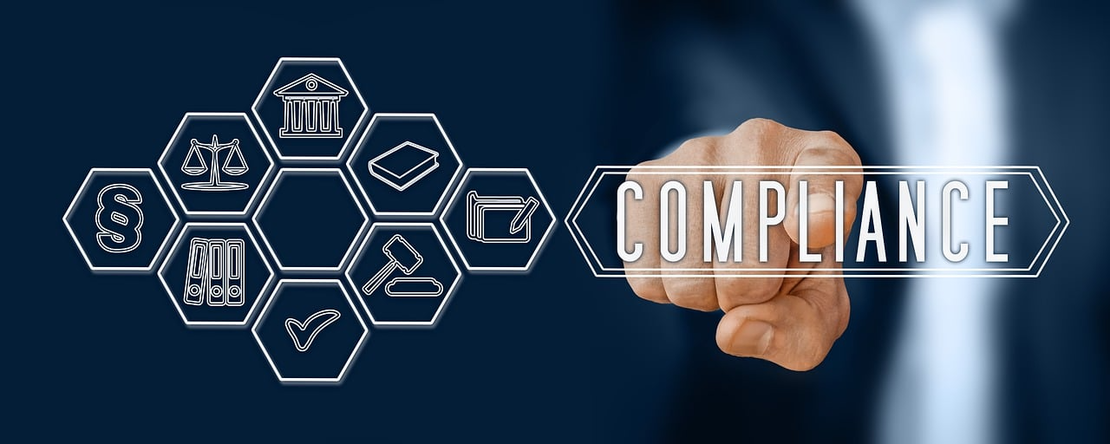
Achieving ISO Compliance with CIPH3R’s FPE
- David
- Data , Compliance
- March 26, 2024
Table of Contents
Format-preserving encryption (FPE) can be a valuable tool for helping organizations achieve compliance with various ISO (International Organization for Standardization) standards, depending on the specific standard and the organization’s needs. ISO standards cover a wide range of topics, including information security, data privacy, and quality management. Here’s how FPE can contribute to ISO compliance in some key areas:
ISO 27001 (Information Security Management System - ISMS): ISO 27001 is a widely recognized standard for information security management systems. FPE can assist with ISO 27001 compliance in the following ways:
Data Encryption (Clause A.8.2): ISO 27001 requires the protection of sensitive information. FPE can be used to encrypt sensitive data while preserving its original format. This ensures the confidentiality and integrity of the data, aligning with the security controls outlined in Clause A.8.2.
Access Controls (Clause A.9): FPE can be integrated with access controls to limit and monitor access to encrypted data. This supports the principle of access control as defined in Clause A.9.
Audit Trails and Monitoring (Clause A.12): FPE can help establish secure audit trails for monitoring access to sensitive information, which is a key requirement under Clause A.12 of ISO 27001.
ISO 27701 (Privacy Information Management System - PIMS): ISO 27701 is an extension of ISO 27001 that focuses on privacy information management. FPE can contribute to ISO 27701 compliance in the following ways:
Data Protection (Clause 5.1): FPE can be used to protect personal information and sensitive data, ensuring compliance with Clause 5.1, which covers the protection of personal data.
Access Control (Clause 5.2): FPE can support access control mechanisms, helping organizations limit access to personal data and ensure compliance with Clause 5.2.
Data Minimization (Clause 5.3): FPE can assist with data minimization efforts by allowing organizations to tokenize or pseudonymize personal data, reducing the exposure of sensitive information as recommended in Clause 5.3.
ISO 9001 (Quality Management): ISO 9001 is focused on quality management systems. While FPE is not directly related to ISO 9001, it can help protect sensitive quality-related data. For example, FPE can be used to secure production and quality control records.
It’s important to note that FPE is just one component of a broader strategy for achieving ISO compliance. Compliance with ISO standards involves a range of activities, including risk assessments, security policies and procedures, incident response planning, and ongoing compliance audits. Organizations should work with compliance experts and auditors to ensure that their practices align with the specific requirements of the ISO standard they are targeting.
Reach out to CIPH3R to learn more about how our solution can automate your ISO needs

